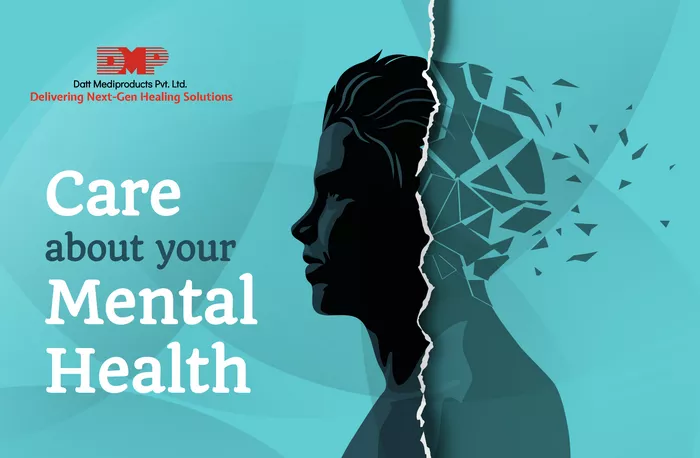Clear Definition of ADHD:
Attention-deficit/hyperactivity disorder (ADHD) is a neurodevelopmental disorder characterized by persistent patterns of inattention, hyperactivity, and impulsivity that significantly interfere with daily functioning and development. It affects individuals across the lifespan, often starting in childhood and persisting into adulthood. ADHD is not simply a matter of being easily distracted or overly energetic; it is a complex neurological condition that impacts various aspects of brain function.
Brain Regions Involved in ADHD:
Several key brain regions are implicated in ADHD, each playing a crucial role in attention regulation, impulse control, and executive functions. The prefrontal cortex, responsible for decision-making, planning, and self-regulation, exhibits structural and functional abnormalities in individuals with ADHD. The basal ganglia, involved in motor control and habit formation, also show alterations, contributing to hyperactive and impulsive behaviors. Additionally, the reticular activating system, responsible for arousal and attention, may function differently in individuals with ADHD, affecting their ability to maintain focus and sustain attention.
Neurochemical Imbalances:
Neurotransmitters, chemical messengers that facilitate communication between neurons, play a vital role in ADHD. Dopamine and norepinephrine, in particular, are neurotransmitters implicated in attention regulation, motivation, and impulse control. In individuals with ADHD, imbalances in these neurotransmitters can disrupt neuronal signaling pathways, leading to difficulties in maintaining attention, regulating emotions, and controlling impulses. Medications commonly used to treat ADHD, such as stimulants and non-stimulants, work by modulating the activity of dopamine and norepinephrine, helping to alleviate symptoms and improve cognitive functioning.
Brain Structure Differences:
Research suggests that structural differences may exist in the brains of individuals with ADHD compared to those without the disorder. These differences may include variations in brain size, cortical thickness, and connectivity patterns. For example, some studies have reported smaller volumes in certain brain regions, such as the prefrontal cortex and basal ganglia, in individuals with ADHD. Additionally, abnormalities in white matter tracts, which facilitate communication between brain regions, have been observed, potentially contributing to impaired neural circuitry and functional connectivity.
Simple Language:
ADHD is a condition that affects how the brain works. It can make it hard for people to pay attention, control their impulses, and sit still. Certain parts of the brain, like the prefrontal cortex and basal ganglia, don’t work the same way in people with ADHD. Chemicals in the brain called neurotransmitters, like dopamine and norepinephrine, are also involved. When these chemicals are out of balance, it can lead to ADHD symptoms. Differences in brain structure, like size and connectivity, can also play a role. Medications can help by adjusting these chemical imbalances and improving brain function.
Avoid Medical Advice:
Remember, this information is for educational purposes only. If you or someone you know is struggling with ADHD symptoms, it’s essential to consult with a healthcare professional for proper diagnosis and treatment. They can provide personalized guidance and support tailored to individual needs.
Conclusion:
For more information on ADHD, including diagnosis, treatment options, and ongoing research, consider visiting reputable websites and organizations such as the National Institute of Mental Health (NIMH) or the Centers for Disease Control and Prevention (CDC). These resources offer valuable insights and resources for individuals, families, and healthcare providers seeking to better understand and manage ADHD.
FAQs
What does ADHD do to a person?
ADHD, or Attention Deficit Hyperactivity Disorder, affects a person’s ability to focus, control impulses, and regulate energy levels. It can lead to difficulties in school, work, and relationships due to inattention, hyperactivity, and impulsivity.
Can a person with ADHD live a normal life?
Yes, with proper management and support, many individuals with ADHD lead successful and fulfilling lives. Strategies such as medication, therapy, organization techniques, and lifestyle adjustments can help mitigate symptoms and improve functioning in various areas of life.
How is an ADHD brain different from a normal brain?
In ADHD, certain brain regions involved in attention, impulse control, and executive functioning may show differences in structure and activity compared to neurotypical brains. These differences can affect neurotransmitter levels and neural pathways, contributing to the characteristic symptoms of the disorder.
Related topics:
- Are Most Women Bipolar?
- Is Napping a Sign of Depression?
- Health: A Comprehensive Guide” href=”https://www.healthfieldtips.com/archives/5464″ rel=”bookmark”>Understanding Mental Health: A Comprehensive Guide


